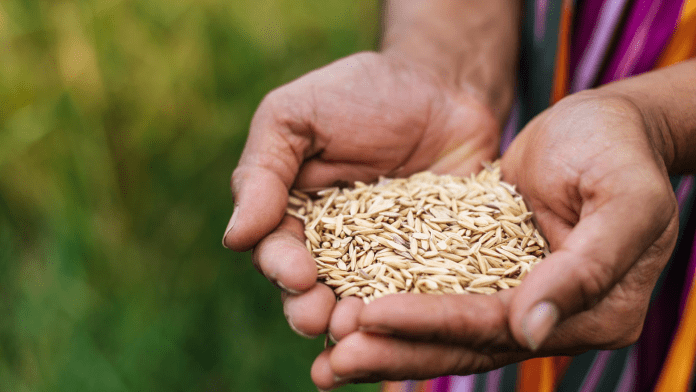According to a recent World Bank assessment, six million people in Pakistan are currently suffering from severe food insecurity as a result of the disastrous floods that struck the nation last year.
According to Samaa TV, the floods in the provinces of Balochistan and Sindh, which are already among the most food insecure in the nation, killed over 11 million animals and destroyed over 9.4 million acres of crops between June and August 2022.
The World Food Programme (WFP) predicts that between September and December, 8.5 million more people will experience food insecurity.
A considerable rise in food inflation in Pakistan was also noted in the January 2023 food security update from the World Bank. From 8.3% in October 2021 and 15.3% in March 2022 to 31.7 in September 2022 and then to 35% in December 2022, food inflation increased.
According to the paper, the high frequency of climatological shocks, the depletion of foreign currency reserves, and the depreciation of local currencies are to blame for the high food inflation, which has made nutritious food more expensive across South Asia.
The bulletin also mentioned that the floods brought on by South Asia’s monsoon rains, which were heavier than usual in certain regions and less so in others, have severely impacted the region’s food supply.
Consumer price inflation for food in December 2022 ranged from 7.9% in Bangladesh, 7.4% in Nepal, 35.5% in Pakistan and 64.4% in Sri Lanka.
The World Bank has urged Pakistan’s government and the international community to act quickly to address the country’s rising food insecurity situation.
Furthermore, providing information and updates through platforms like Snackfax can be a great way to keep people informed and aware of the situation.





